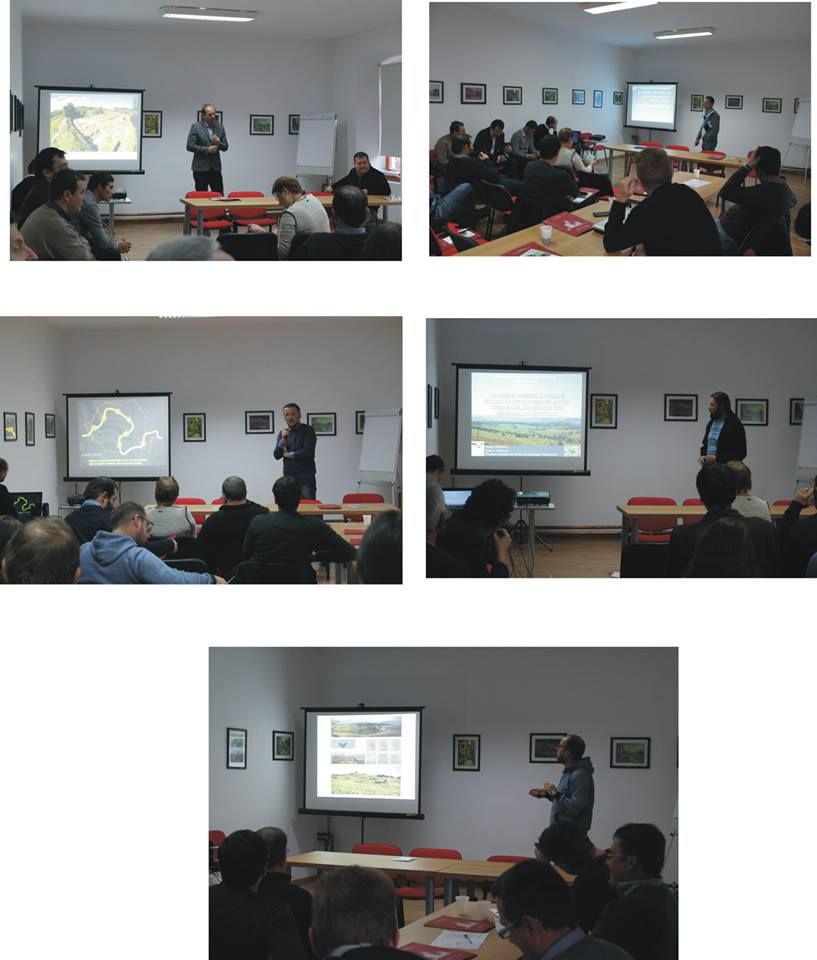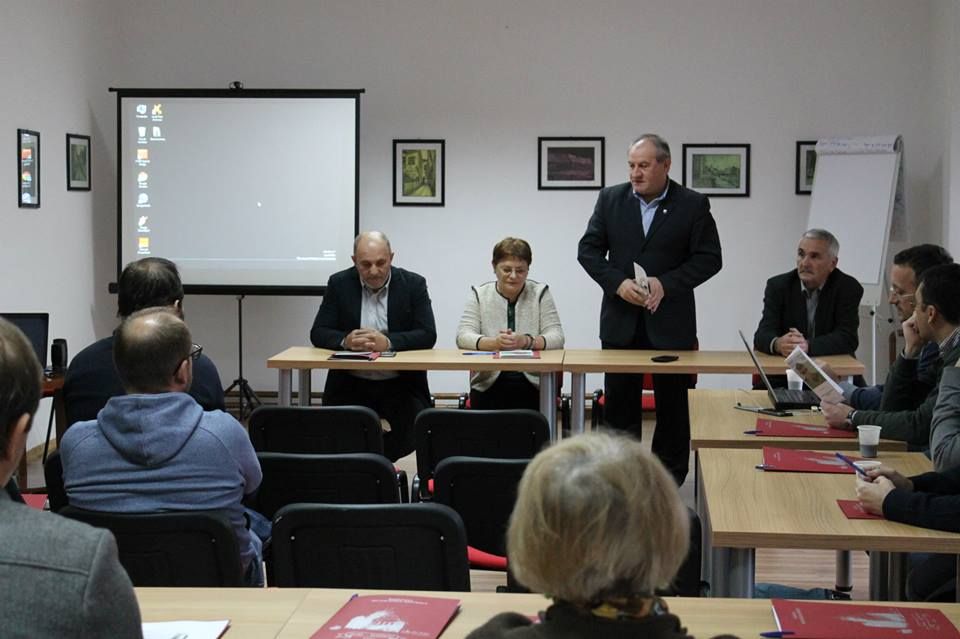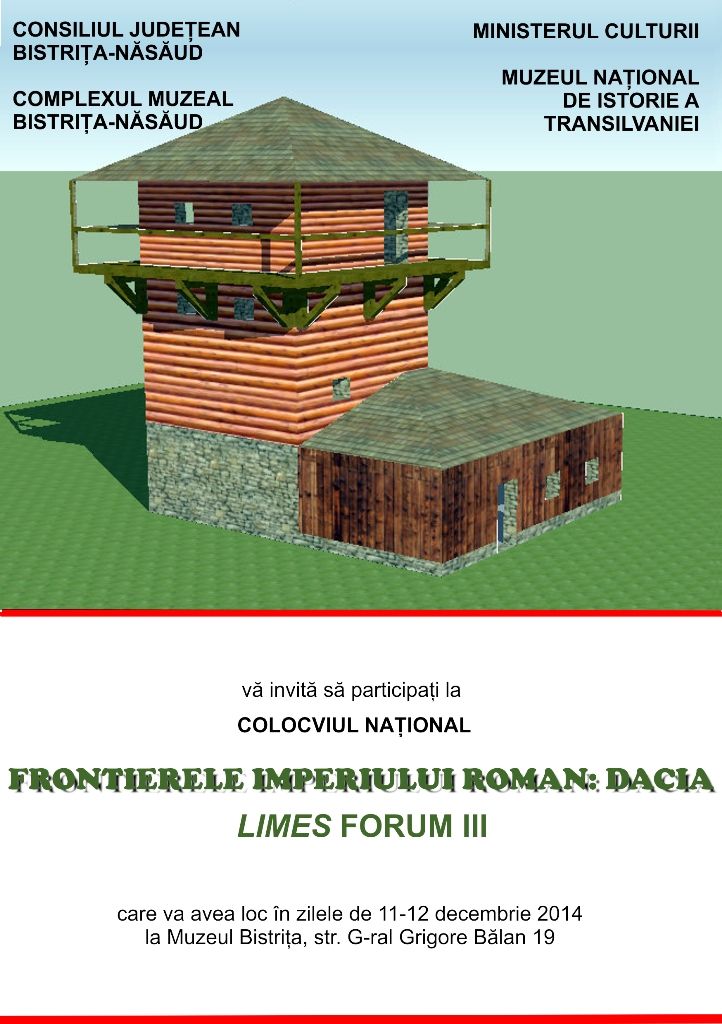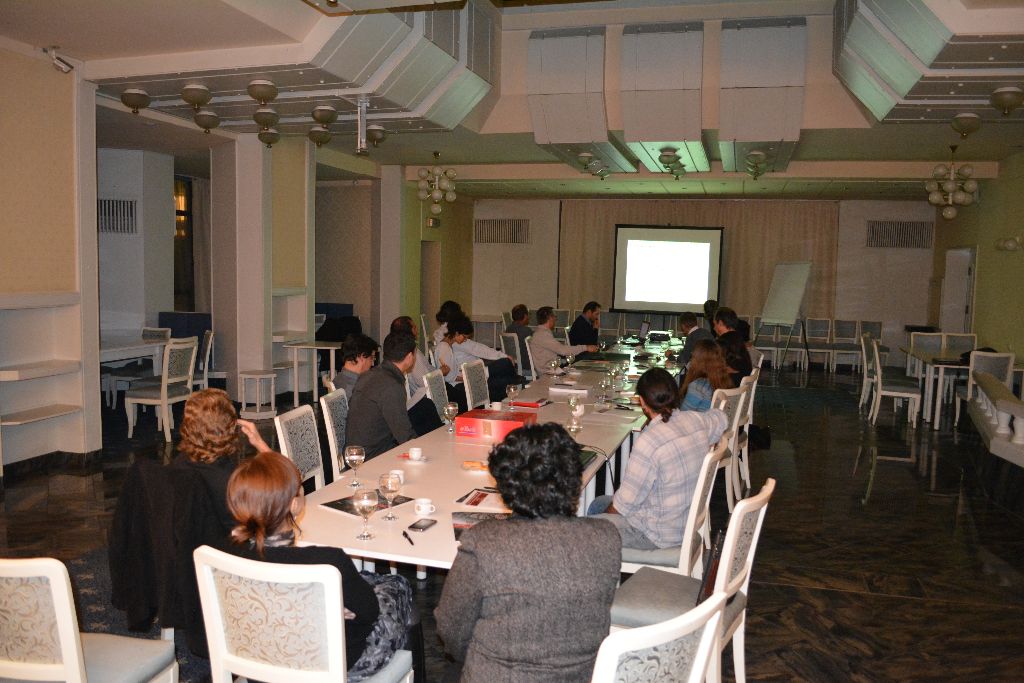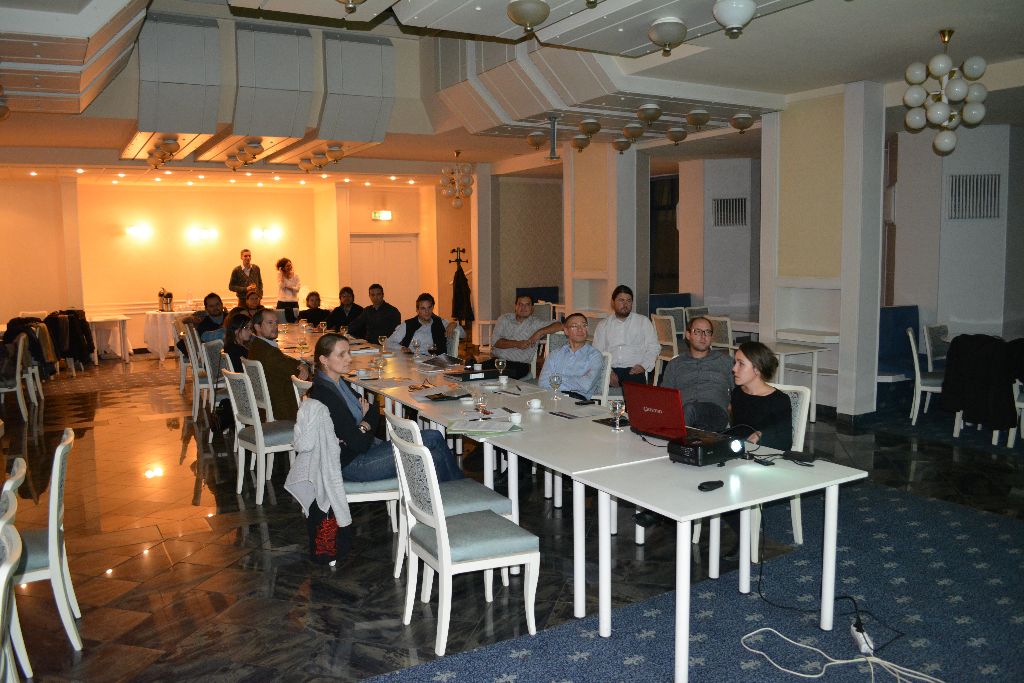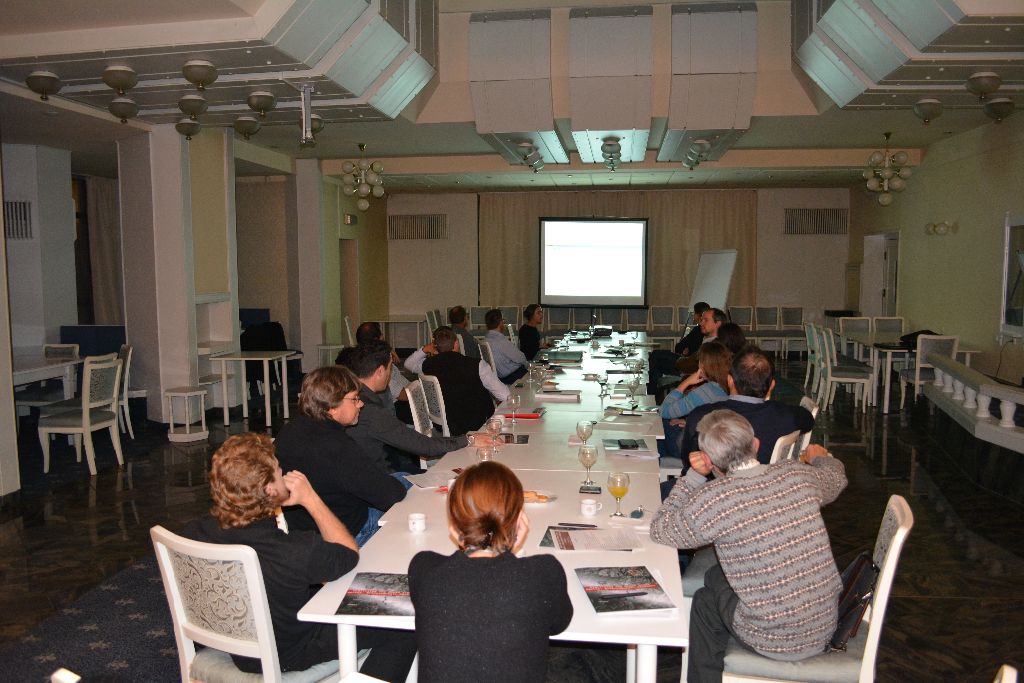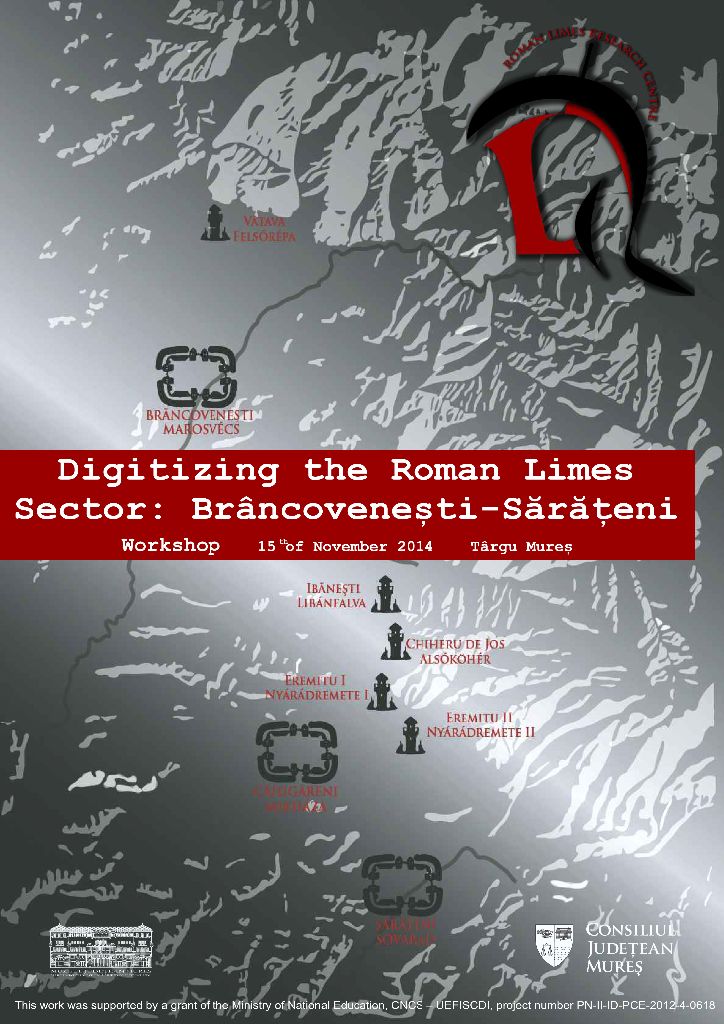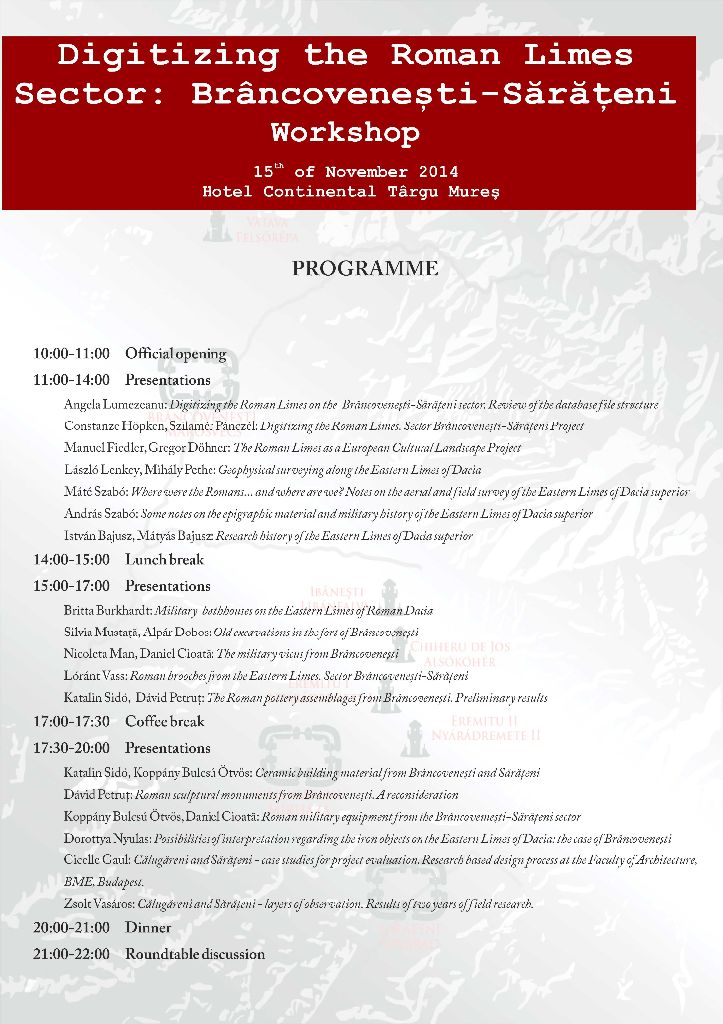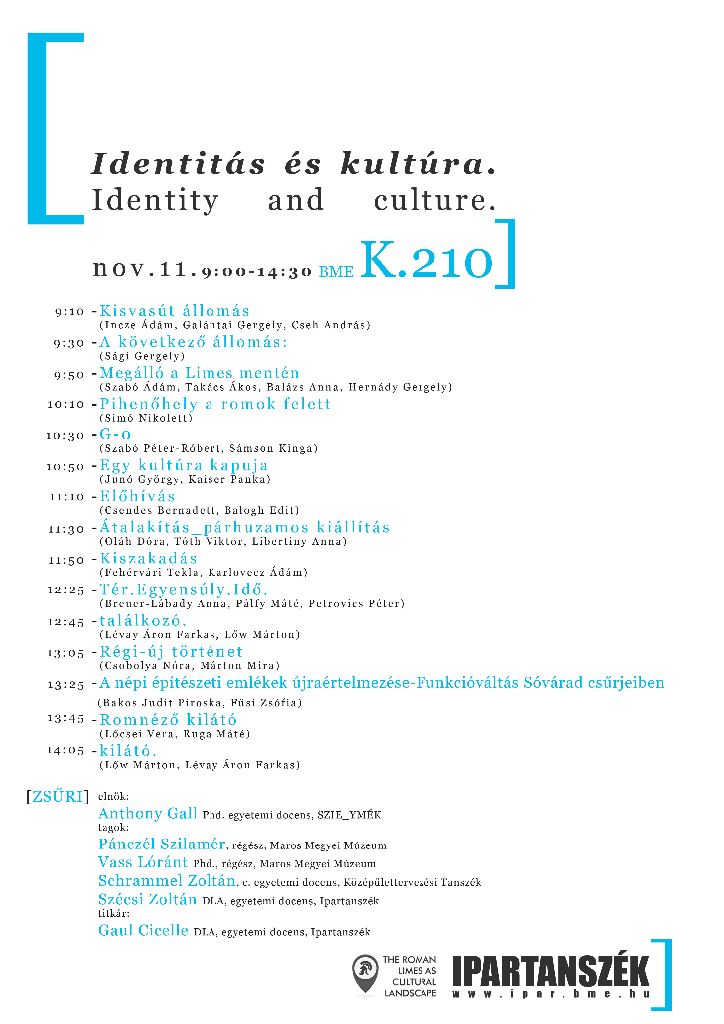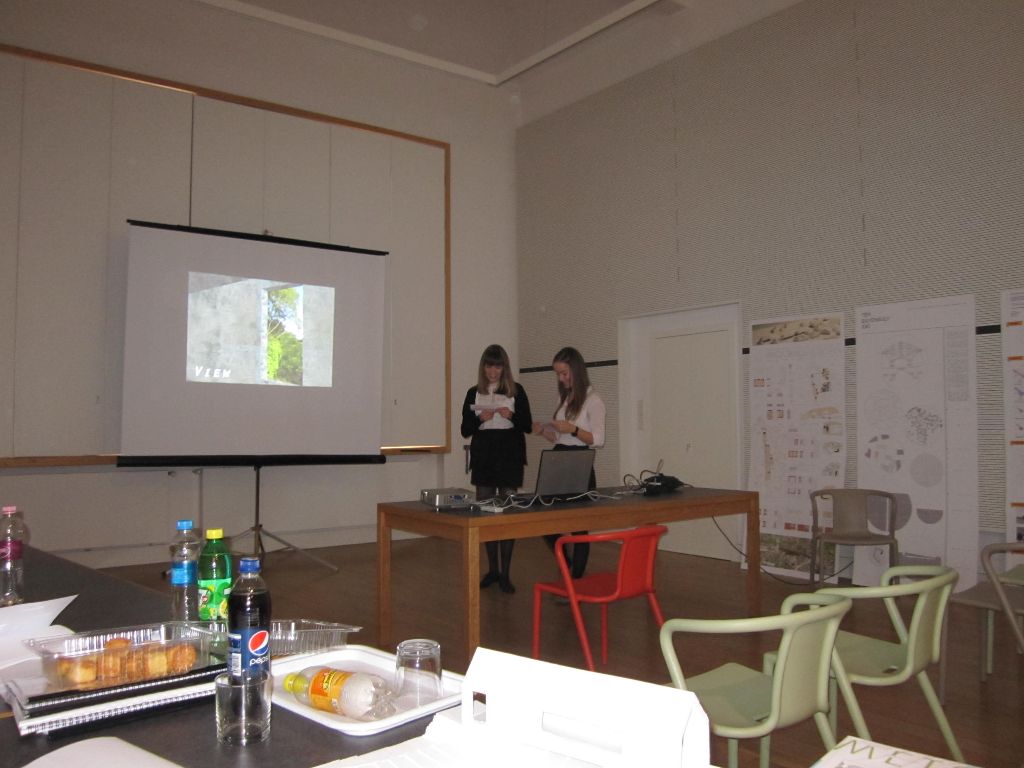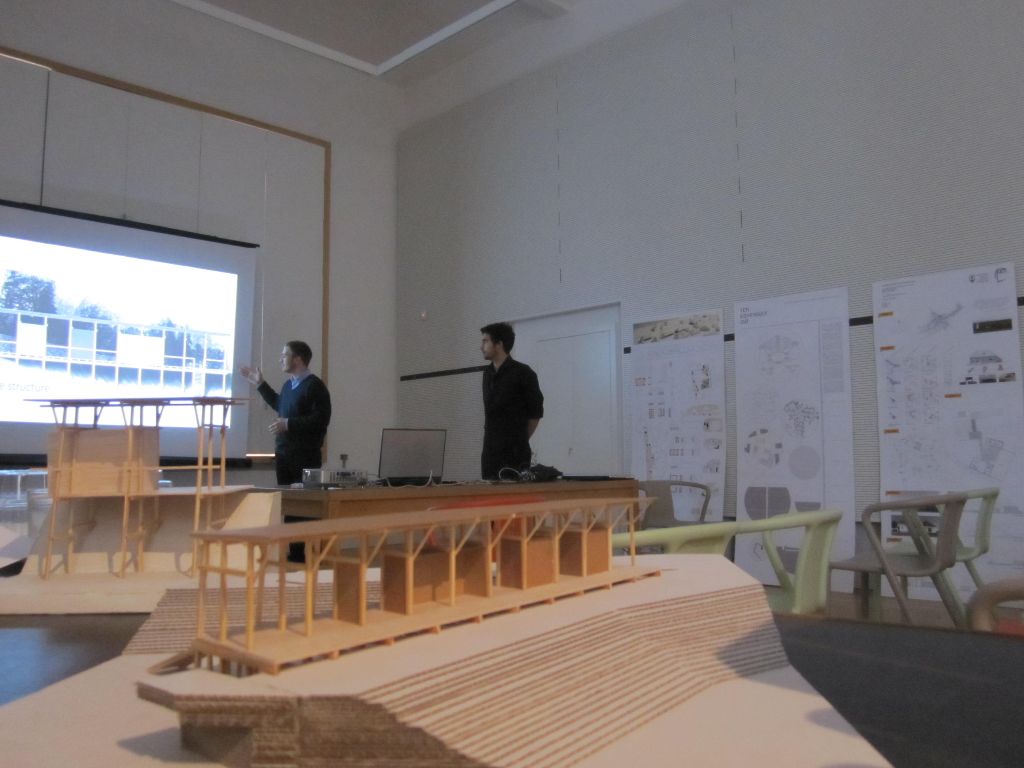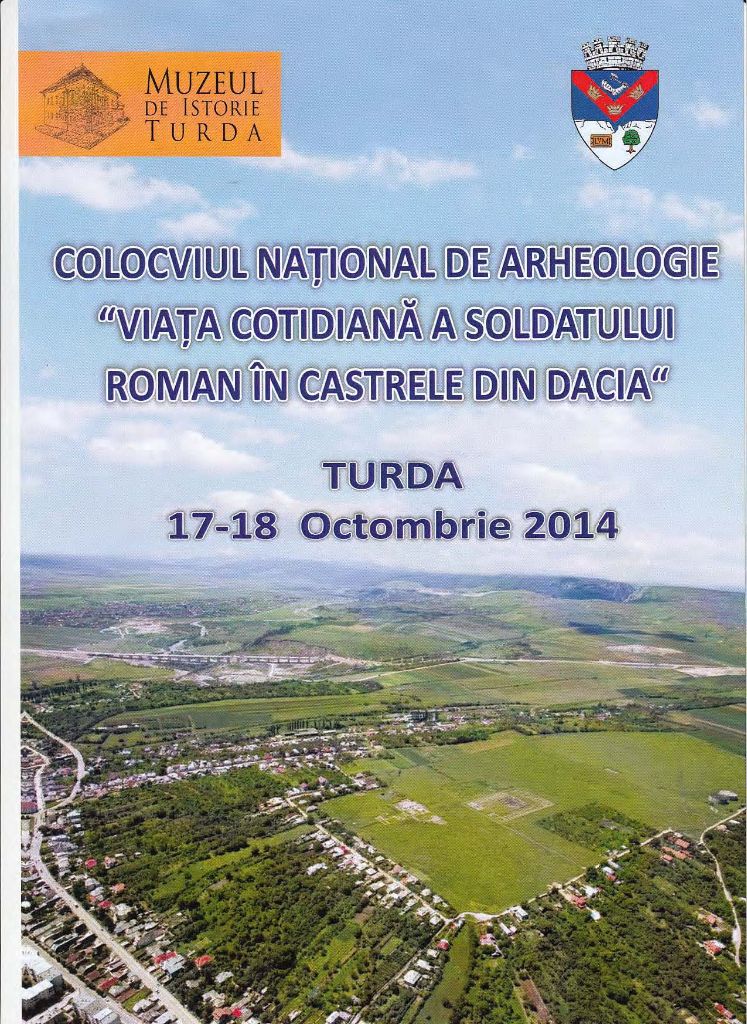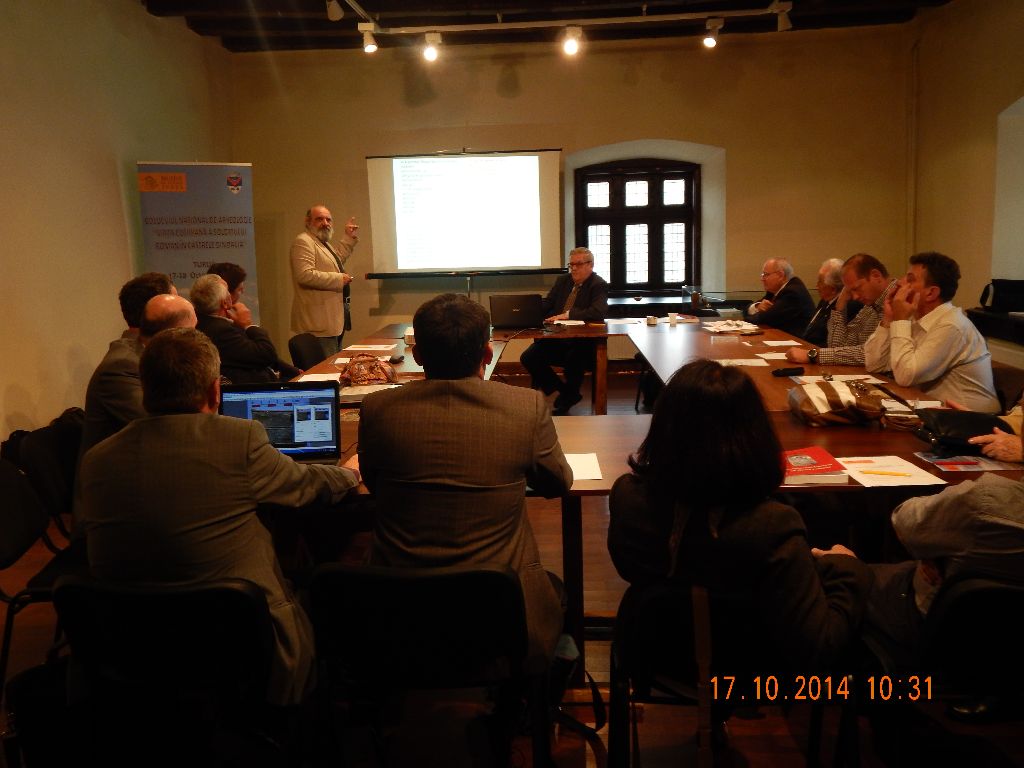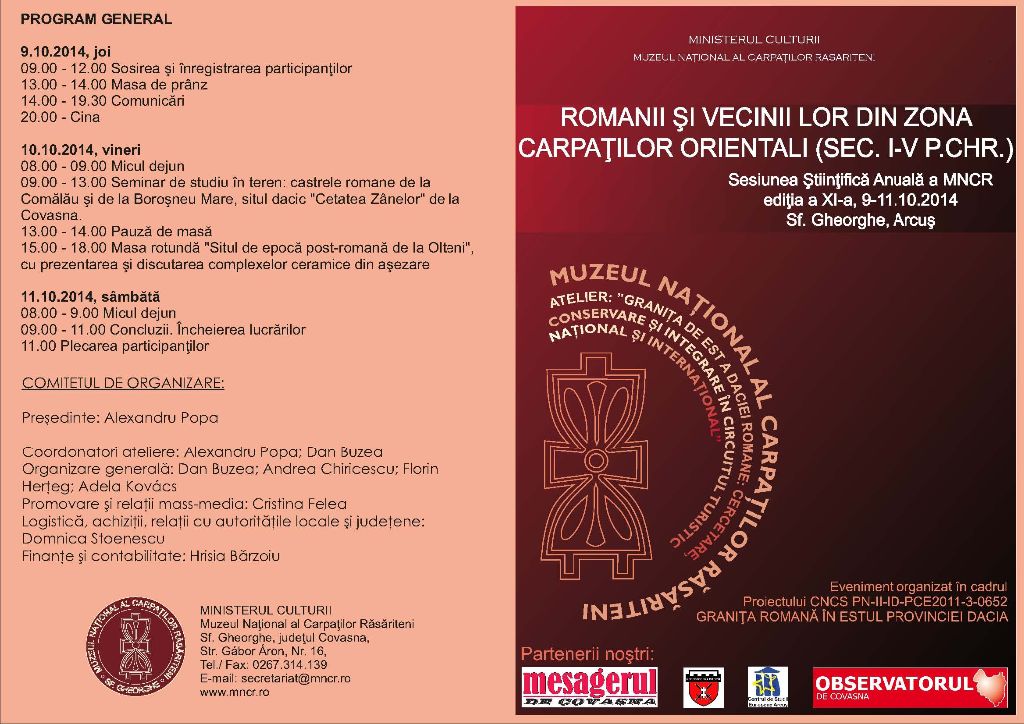Visiting the Primary School from Vătava
At the end of February, members of the team visited the Primary School from Vătava, one of our communes on the limes. The presentation about the surrounding archaeological sites and the Roman watchtower from Vătava kept the children focused and interested. The finds which were discovered at the watchtower, were not only presented on a power point presentation, but they could see them in a temporary “mini-exhibition” and discuss about their functionality. The girls were very interested in dressing the tunics and learning about Roman perfume preparation, the boys were rather thrilled by the different weapons, coins, keys, fibulae and the other finds. They were curious about every detail, eager to learn more, also supported by their knowledge, which included not only their acquaintance with history, but also with the surrounding sites and the tradition of these, as they were kept in local legends and stories.












